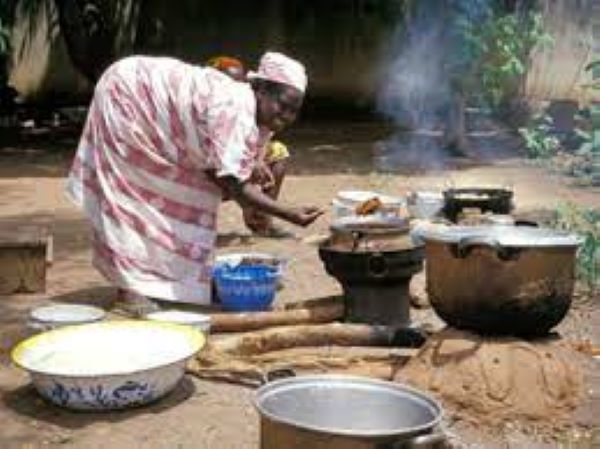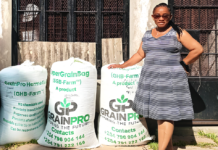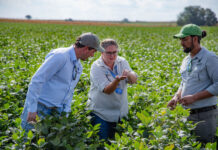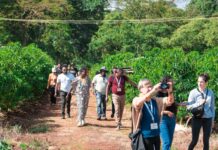The ill effects of burning wood in residences are nothing new in much of the world, including Burkina Faso. Rural villagers use wood to survive; specifically, to cook food in stoves.
Traditional cooking stoves—three stones to support a cooking pot—produce a large number of dangerous pollutants that are directly inhaled by those cooking—mostly women. These pollutants drive pulmonary and other diseases.
In addition, these stoves require significant amounts of firewood and other fuel. Women especially bear the burden of collecting it, taking time from their families and more productive agricultural and other work.
The solution: Smokeless stoves.
A smokeless stove is made of clay or termite mound soil mixed with animal dung (donkey or ox), and dry grass or straw from crops such as rice or fonio. Sometimes cement is used. The stove is inexpensive and can be constructed by a family; or, in some cases, by a small business. It requires up to 75% less fuel than a traditional stove, freeing women to spend time on agriculture and other pursuits to earn income and greatly reducing pressure on woodlands.
Burkina Faso’s government has actively encouraged the use of smokeless stoves. It coordinates with private groups like World Neighbors to reach remote rural villages to construct, install and teach families to use them. It’s the kind of low-cost innovation that pays large dividends in better health and higher productivity and incomes.








